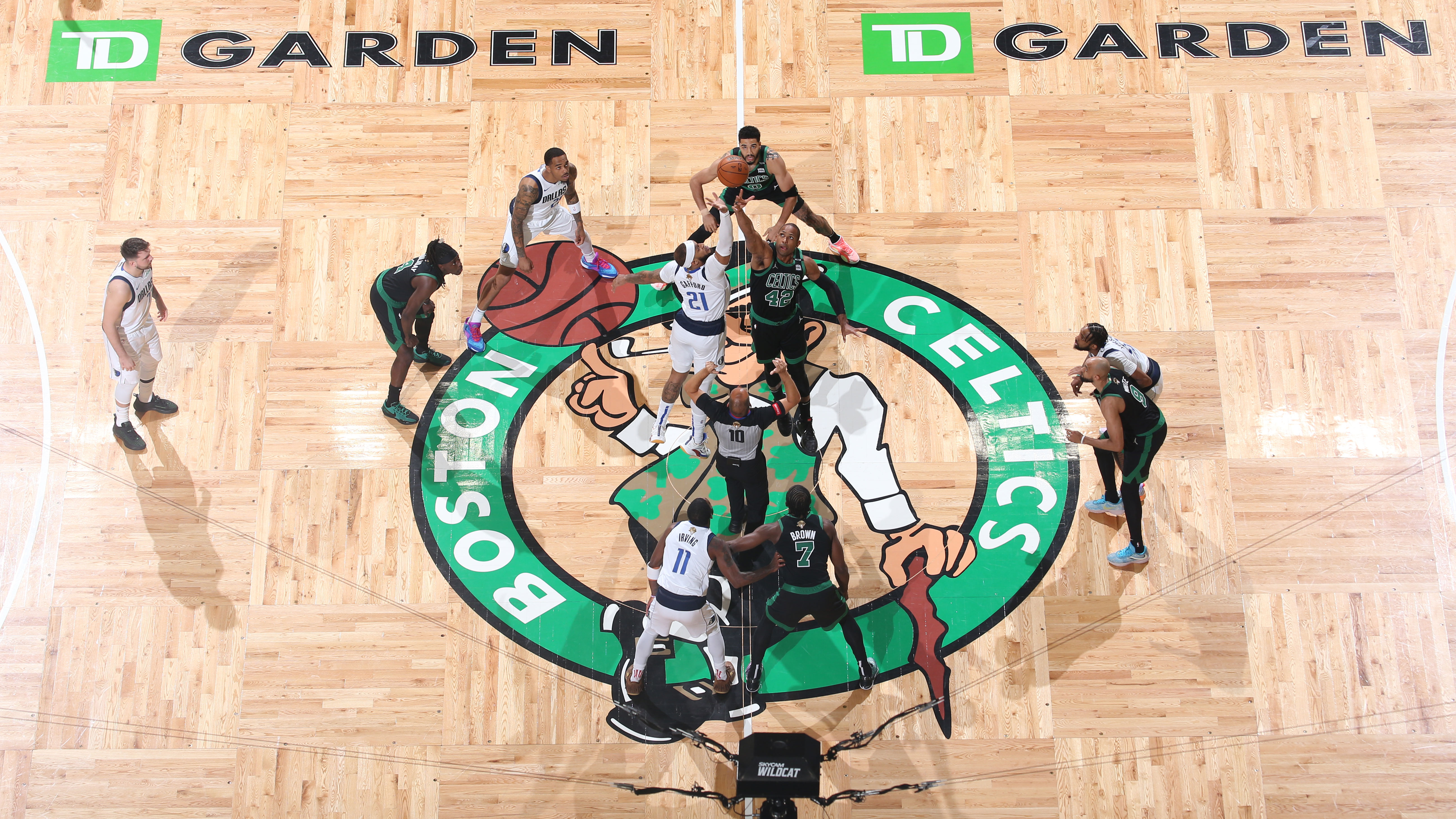A new injury may dash Boston Celtics Center Kristaps Porzingis' hopes of playing in Game 3 of the NBA Finals - or beyond - against the Dallas Mavericks.
Described by the team as "a torn medial retinaculum allowing dislocation of the posterior tibialis tendon," experts explain this is a very rare injury and the treatment plan isn't black and white.
"Unfortunately, Kristaps Porzingis has a tibialis posterior tendon dislocation and that happens when the little band of tissue that holds it in the right place which is called the retinaculum tears. And so the tendon is no longer in the little place where it’s supposed to sit," explained Dr. Jessica Flynn, a sports medicine doctor with Lahey Hospital & Medical Center.
Flynn explains that this injury is at the bump on the inner part of the ankle, a spot called the medial malleolus. Described as a thick band-like structure that helps tether an ankle in place to the calf, when a tendon is dislocated, it can affect a person's ability to flex the area, go up on the toes, and jump.
It's an injury that could be particularly problematic for the mobility of a basketball player.
"The tibialis posterior tendon is really important for spring and ability to push off and if that’s limited in this leg and he’s still dealing with the soleus injury in the other leg which we saw, he’s still clearly dealing with, he can’t use one of the legs to help the other one," Flynn said. "I just think it’s going to be difficult for him to go out there and be effective, but I’m not willing to say it’s impossible."
Get Tri-state area news and weather forecasts to your inbox. Sign up for NBC New York newsletters.
Dr. John Ponti of Southcoast Health Orthopedics gave a similar assessment when speaking with NBC Sports Boston.
“It’s certainly going to be a challenge for the medical team and for Porzingis to be able to return back tomorrow night. It certainly depends on his level of pain and how much function he has been able to maintain despite his injury. If the pain is tolerable and he can show that he can jump and he can run and it’s not disrupting his ability to perform those tasks, there is a chance that he could play," Ponti said.
Typically, Flynn said, this kind of injury will require surgery and rehab for a full recovery. That means even if Porzingis proves he can be effective on the court, he and the team will have to assess what risk putting him in could mean for his future career.
And, the injury is a rare one, which makes the job of the medical staff that much trickier.
“It’s an incredibly rare injury. In fact you hear reports that the team saying well after talking to multiple orthopedic surgeons. They’re not doing that because the Celtics staff isn’t excellent – they’re outstanding - it’s because his is such a rare injury not just in the world but obviously in the NBA," Flynn said.
Despite its apparent rarity, Porzingis isn't the first Boston sports figure to suffer such an injury. Curt Schilling's notorious "bloody sock" injury was very similar - though on the other side of the ankle, Flynn pointed out. But in Schilling's case as a baseball player, the immediate treatment centered around pain management, with less of an issue for his ability to play his sport.
"This is much worse in a basketball player in this situation," Flynn said.
The Celtics have said the decision of whether Porzingis plays will be day by day. He has been one of the team's best players in the 2024 NBA Finals.



